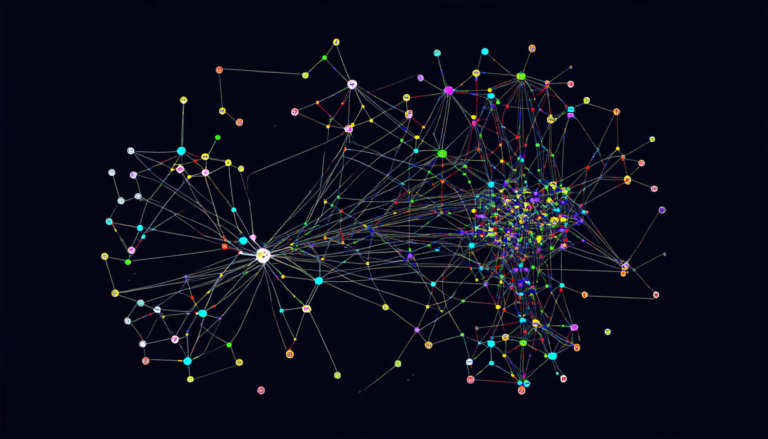Friday 10 October 2025
The quest for faster, more efficient wireless communication has led researchers to explore the uncharted territory of quantum computing. In a breakthrough study, scientists have successfully integrated quantum federated learning into AI-native 6G networks, paving the way for revolutionary advancements in edge intelligence, network optimization, and security.
In traditional wireless communication systems, devices rely on classical algorithms to learn from each other’s data. However, this approach has its limitations. Quantum computing, on the other hand, enables the processing of vast amounts of complex data exponentially faster than classical computers. By combining these two technologies, researchers can create a more efficient and secure way to share information across networks.
The new system, known as quantum federated learning, allows devices to learn from each other’s data without sharing their raw information. Instead, they exchange model parameters, which are then combined to produce a single, accurate model. This approach not only reduces the amount of data transmitted but also mitigates privacy concerns.
In the study, scientists demonstrated how quantum federated learning can be applied to optimize channel selection and transmit power in 6G wireless networks. The results showed that the new system outperformed classical methods by delivering higher sum-rates and achieving faster model convergence.
The integration of quantum computing into wireless communication systems also opens up new possibilities for edge intelligence, where devices can process data locally rather than relying on cloud-based servers. This could enable real-time decision-making in applications such as autonomous vehicles or smart homes.
Furthermore, the study highlights the potential of quantum computing to enhance network optimization. By analyzing complex network topologies and optimizing communication protocols, researchers can create more efficient and resilient networks.
Finally, the integration of quantum computing into wireless communication systems also improves security. Quantum cryptography, for instance, allows devices to securely communicate over public channels by using entangled particles to encode messages.
The potential applications of this technology are vast, ranging from advanced industrial automation to secure financial transactions. As researchers continue to develop and refine this technology, we can expect to see significant advancements in the field of wireless communication.
In a nutshell, the integration of quantum computing into AI-native 6G networks has the potential to revolutionize the way we communicate, enabling faster, more efficient, and more secure data transmission. As the technology continues to evolve, it will be exciting to see how it shapes our future.
Cite this article: “Quantum Leap: Revolutionizing Wireless Communication with AI-Native 6G Networks”, The Science Archive, 2025.
Quantum Computing, Wireless Communication, 6G Networks, Ai-Native, Edge Intelligence, Network Optimization, Security, Quantum Cryptography, Federated Learning, Data Transmission







